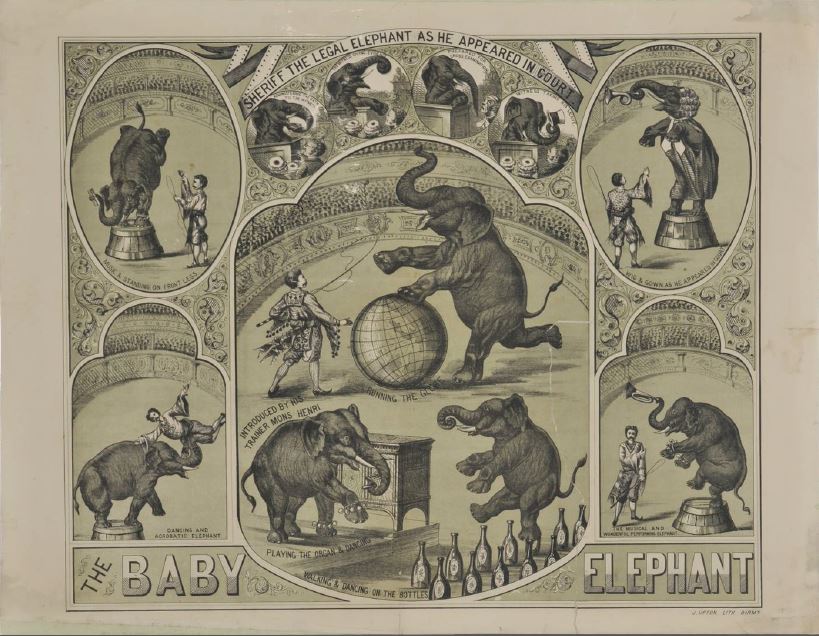The arrival of the fair transformed the town into a bustling hub of excitement and colour. The open land opposite the police station at Bankside, became a vibrant tapestry of stalls and amusements, each vying for attention with bright signs and the enticing aromas of sweet treats. The market area, known for its daily trade, took on a new life as vendors lined the thoroughfare, offering everything from fresh fruit to the nostalgic crunch of rock biscuits. Amidst the laughter and chatter, children clutched at ice cream cones, while the air was sweetened with the scent of brandy snaps and the tropical allure of coconuts.
The toy sellers, nestled at the bottom of Bankside Lane, presented a display of craftsmanship with their wooden trucks and trains, evoking a sense of wonder in the young and memories of simpler times in the old. It was a scene that captured the essence of community and the simple joys of life, reminding everyone that sometimes, happiness is found in the shared moments of a fair’s fleeting visit.
Union Street was home to a tower-like structure called the “helter skelter”, which you entered by a door at ground level, taking a mat with you up to the top level. Behind the helter-skelter were more dolly stalls and coconut shies, where the cry was ” Three balls a penny”. Children’s roundabouts and Helms bicycles and hoopla’s which if you were lucky, you could win a best watch. Numerous shows were sited on this part of the fair including freak shows, lion shows and the inevitable boxing booths. The latter was run by Booth’s Boxers who nightly challenged all and sundry to stay with one or the other for two or three rounds. Many a local lad took up the challenge and it was often said they were like lambs to the slaughter.
“Sedgwick’s Lion show was frequently located at the entrance to King Street or Irwell Street. Members of the public were invited to enter the lion’s cage, with a reward of ten shillings for anyone brave enough to do so. One man, Tom Lord, the licensee of the Waterloo Hotel, accepted the challenge but backed out at the last moment.”
Roundabouts with their steam pipe organs spluttering out the best-loved tunes of the days such as The Merry Widow, Oh, Oh, Antonio or Walking Out With Angeline or for a change some stirring march or other. Gaily painted and gilded these organs usually had a mechanical figure in front of them and as the organ played the figure would wave its hands about as though conducting the orchestra. With three or four organs blaring out the hooting of the steamboats, the firing range the shouts of the stallholders and hawkers mingled with the shrieks of the children as they whirled round and round on the hobby horses the noise was like bedlam.
Piebald horses were gaily decorated and ridden by both men and women, small Shetland ponies prancing along behind the huge cars colourfully decorated announcing to the world that the Circus had arrived in town. Elephants, Camels, and other creatures marched through the town making their way up to the top of Lane Head, near the cricket field.
One story is told of two baby Elephants who along with their mothers were taking part in the circus about 1885. The mother Elephants were led along Lane Head Lane while the two babies were held back. Children of all ages sat on the cricket field wall and cheered the baby elephants on as they were let go, to run after their mothers along Lane Head.
